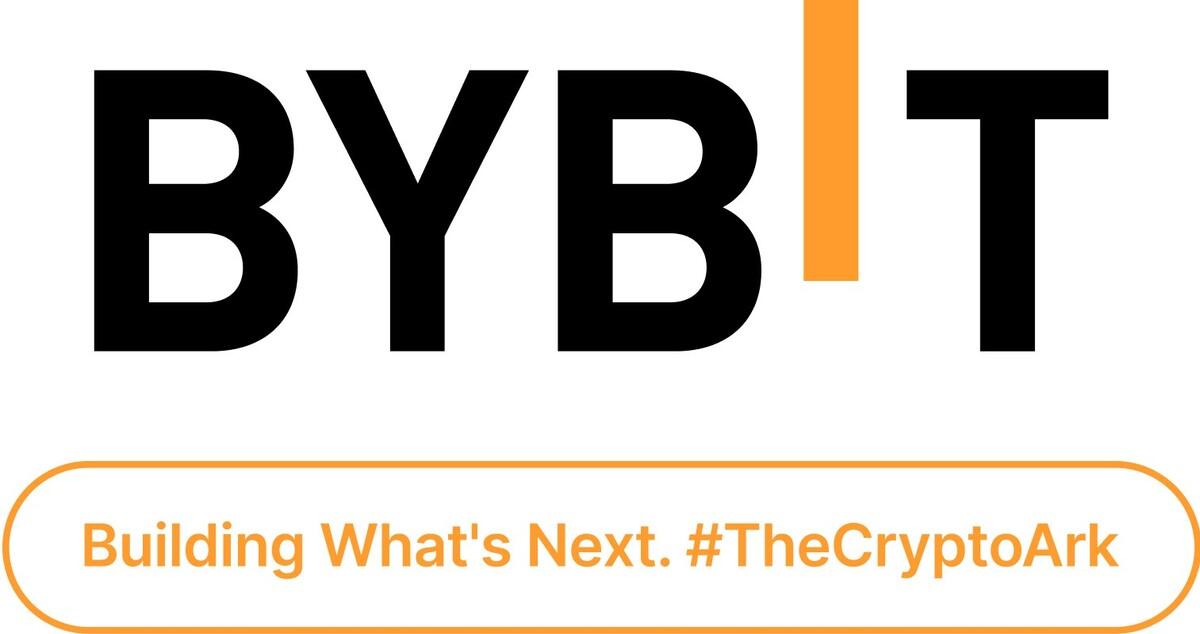Key Points:
- Bitcoin mining difficulty dropped by 5.63% to 83.15 T, marking the largest decrease since December 2022.
- This adjustment, the first negative since March, signals potential challenges for miners as Bitcoin approaches a critical post-halving phase.
- The drop in hash rate coincided with Bitcoin’s hash price hitting an all-time low and a decline in its price to below $63,000.
Bitcoin, the leading cryptocurrency, recently experienced a significant adjustment in mining difficulty, according to BTC.com.

Bitcoin Mining Difficulty Drops: Largest Decrease Since 2022
The adjustment occurred at block height 842,688, resulting in a decrease of 5.63% to 83.15 T in Bitcoin mining difficulty. This marks the largest drop since December 2022, with the average network hashrate over the past seven days reported at 572.18 EH/s.
This adjustment is notable as it follows two positive adjustments surrounding the halving and is the first negative adjustment since a 1% drop in March. As Bitcoin approaches a crucial phase post-halving, the crypto mining landscape prepares for significant challenges, including an estimated 10% drop in the network’s hash rate.
Bitcoin mining difficulty serves as a measure of how challenging it is to mine a new block compared to its easiest potential level. It adjusts approximately every two weeks to maintain an average block discovery time of 10 minutes.
Read more: What is Bitcoin Halving? Why is this event of interest?
Hash Rate Drop and Price Decline Impact Bitcoin Ecosystem
The drop in hash rate led to Bitcoin’s hash price reaching an all-time low of under $50 per PH/s per day on April 29, coinciding with a decline in Bitcoin’s price below $63,000. Currently, Bitcoin is trading at around $61,500.
This anticipated adjustment, signaled by early market indicators, is expected to redefine the profitability and operational cost balance for miners. Additionally, with recent high transaction fees following the launch of Runes, the financial dynamics within the Bitcoin mining ecosystem are undergoing significant shifts.
| DISCLAIMER: The information on this website is provided as general market commentary and does not constitute investment advice. We encourage you to do your own research before investing. |






















